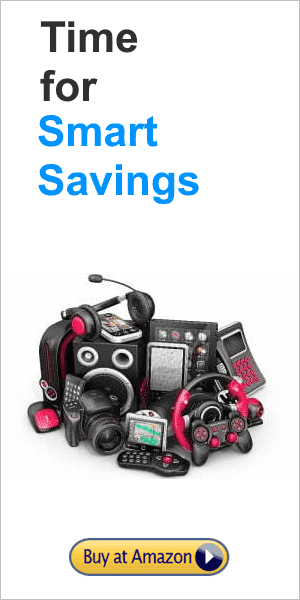Apple iPhone 15
Category : Phone
Release Year: 2023
Specifications:
Display: 6.1 inches or 6.69 inches with 60Hz refresh rate
Camera: 12 MP dual camera or 48 MP periscope zoom camera
Hardware: A16 Bionic or A17 Bionic chipset with 8 GB RAM
Storage: 256 GB or up to 2 TB
Battery: 4200 mAh or 4852 mAh
OS: iOS
Other features: Titanium frame, programmable action button, thinner bezels
Apple iPhone15 reviews
Our Apple iPhone15 reviews Summary
Apple iPhone 15: The Good, the Bad, and the Bottom Line
The new iPhone 15 and iPhone 15 Pro have sparked a lot of speculation and excitement. Reviewers have shared their thoughts on the new smartphones with a combination of excitement and cynicism. Here, we will go deeper into the input from leading tech commentators and users, dissecting the good and bad of Apple's latest iPhone.
The Positive
The iPhone 15 and 15 Pro have received favorable feedback from both reviewers and users. The new USB-C connector has received widespread acclaim, with many people appreciating the simplicity and adaptability it provides. Users have praised the new cameras for their greater capabilities and performance in shooting gorgeous photographs and movies. Many consumers praised the phones' premium look and feel, as well as its elegant design, strong build, and ease of use.
Another area where the iPhone 15 and 15 Pro excel is performance, with reviewers praising the smartphones' outstanding speed and responsiveness. The brighter display and improved audio quality have been praised, as has the extended battery life, which, despite some reservations, has been noticed as an upgrade over prior models. The customization choices and new Action button on the Pro versions have also been deemed a welcome addition, providing users with a new degree of flexibility and control.
The Negative
Despite the numerous advantages, the new iPhones have fallen short in certain areas for both customers and critics. One prevalent critique has been the absence of significant revisions, with many pointing out that the differences from prior models are small. Some have voiced dissatisfaction with the lack of a faster refresh rate display, which has been a feature on other flagship smartphones. The incremental nature of the improvements has left some disappointed, with some consumers questioning the worth of upgrading from the iPhone 14 or even the iPhone 13.
Battery life has also been a source of criticism, with some users expressing a wish for more battery life. The limited color selections for the Pro models have been identified as a possible area for development, with many customers wishing for more alternatives. Furthermore, the lack of rapid charging has raised some eyebrows, with users and reviewers alike citing the lack of this feature as a disadvantage.
Conclusion
Finally, the iPhone 15 and 15 Pro provide a combination of remarkable advancements and disappointing exclusions. The devices' new USB-C connectivity, superior cameras, and elegant design have received widespread praise, cementing them as valuable additions to the iPhone portfolio. However, the improvements' gradual nature, the lack of a higher refresh rate display, and worries about battery life and rapid charging leave some opportunity for improvement. Individual user tastes and priorities will ultimately determine whether the iPhone 15 is a good upgrade. The iPhone 15 may fall short for consumers looking for cutting-edge features and significant improvements. However, for those searching for a dependable, long-lasting, and high-performing smartphone, the iPhone 15 and 15 Pro remain solid candidates.
Before making a purchase decision, as with any new release, it is critical to consider feedback and evaluations from a number of sources. The iPhone 15 and 15 Pro are not revolutionary in every way, but they do offer a compelling combination of style, performance, and utility that will appeal to a wide range of consumers. Finally, the decision to upgrade to the iPhone 15 will be based on personal tastes and priorities, as well as the individual user's smartphone demands and expectations.



















